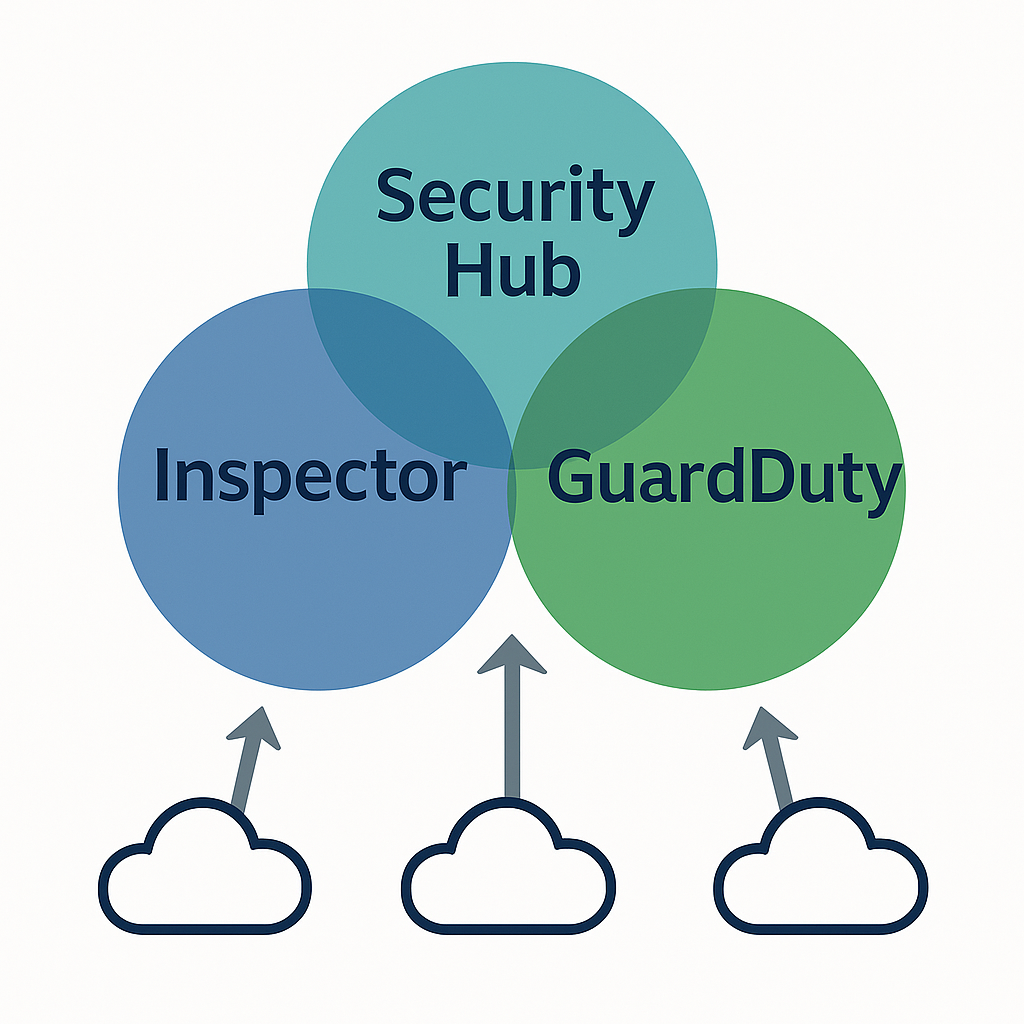AWS GuardDuty Comprehensive Guide: Real-Time Threat Detection and Operational Automation
Summary
- Amazon GuardDuty is a managed threat detection service that analyzes logs and flow data across your AWS environment to automatically identify anomalous activity.
- Key Features
- Real-time analysis of CloudTrail, VPC Flow Logs, and DNS logs
- Detection of suspicious API calls, malware communication, and port scans
- Automatic notification and categorization of findings
- Use Cases
- Accelerating initial incident response
- Continuous intrusion detection (IDS)
- Reducing load on security operations teams
- Intended Audience
Security engineers, DevOps engineers, SREs, and cloud administrators
1. Introduction: The Importance of Real-Time Threat Detection in the Cloud Era
Cloud deployments enable rapid infrastructure provisioning and system changes compared to on-premises. However, misconfigurations and novel attack methods also increase risk. Amazon GuardDuty provides a managed, continuously updating threat detection foundation that accelerates incident response while minimizing operational overhead.
2. Overview and Key Characteristics of Amazon GuardDuty
2.1 Service Overview
- Log Sources Analyzed
- AWS CloudTrail management events
- VPC Flow Logs
- DNS query logs
- Findings
Detected anomalies are classified as “Findings,” which are visualized with metadata such as severity, resource type, and timestamp.
2.2 Main Characteristics
- Fully Managed: No infrastructure to manage—just enable the service and it starts collecting and analyzing logs.
- Automatic Updates: Continuously incorporates new attack methods and malware signatures on the backend.
- Integrated Detection Rules: Combines AWS’s proprietary rules with threat intelligence feeds (e.g., known malicious IP lists).
- High-Precision Detection: Uses machine learning models and behavior-based logic to distinguish legitimate traffic from attacks.
3. Enabling GuardDuty and Initial Configuration
3.1 Activation Steps
- Enable via the Console
- Navigate to the GuardDuty dashboard and click “Enable.”
- Verify Log Source Integration
- Ensure CloudTrail, VPC Flow Logs, and DNS logs are automatically linked.
- Configure Member Accounts (Multi-Account Environment)
- Invite other accounts as members under a master account for centralized management.
- Prepare Notification Channels
- Set up Amazon SNS topics or EventBridge rules to receive automatic alerts on findings.
3.2 Initial Tuning
- Filtering Unnecessary Findings
Exclude benign activity (e.g., test traffic in specific regions) via filter rules. - Severity Thresholds
Treat high- and critical-severity findings as immediate actions, while lower-severity findings go into a review backlog. - Tag-Based Policies
Apply different handling rules based on resource tags (e.g., only warn onEnvironment=Test).
4. Representative Use Cases and Examples
4.1 Unauthorized API Call Detection
- Scenario
Compromised credentials lead to an abnormal volume of EC2 instance launches or IAM policy changes. - GuardDuty Findings
UnauthorizedAccess:EC2/RunInstancesBackdoor:EC2/C&CActivity.B
- Response Example
- Use EventBridge to trigger a Lambda that attaches an isolation security group, cutting compromised instances off from the network.
- Send Slack notifications and automatically file incident tickets in your ITSM tool.
4.2 Malware Communication & Port Scan Identification
- Scenario
An EC2 instance communicates with suspicious external domains, potentially exfiltrating data. - GuardDuty Findings
Behavior:EC2/BitcoinTool.B(indicative of crypto-mining)Recon:EC2/Portscan
- Response Example
- Immediately isolate the instance and take an EBS snapshot for forensic analysis.
- Strengthen WAF rules or update network ACLs to prevent recurrence.
5. Automation via Integration with Other Services
5.1 EventBridge Integration Example
Events:
- Source: "aws.guardduty"
DetailType: "GuardDuty Finding"
Detail:
severity: ["HIGH", "CRITICAL"]
Targets:
- Arn: arn:aws:lambda:ap-northeast-1:123456789012:function:HandleGuardDuty
Id: "HandleHighSeverity"
- Lambda Function Example (Python)
import json import boto3 def lambda_handler(event, context): finding = event['detail'] # perform automated actions (isolate instance, send notification, etc.) return {"status": "processed", "findingId": finding['id']}
5.2 Security Hub Integration
- GuardDuty findings can be automatically forwarded to AWS Security Hub.
- In Security Hub, you get a unified dashboard to view and prioritize findings from GuardDuty, Inspector, Macie, and more.
6. Cost and Optimization
- Pay-As-You-Go
Billed per GB of analyzed log data. - Free Tier
All event analysis is free for the first 30 days. - Cost Optimization Tips
- Filter out irrelevant log sources.
- In low-risk environments, enable only default detection rules.
7. Conclusion and Key Takeaways
Amazon GuardDuty, as an AWS-native managed threat detection service, offers three pillars of security:
- Automation: From log collection to analysis and notification.
- Precision: Leveraging machine learning and threat intelligence feeds to minimize false positives.
- Integration: Rapid automated responses via EventBridge, Lambda, and Security Hub.
Implement GuardDuty to elevate your AWS environment’s security posture with real-time threat detection and operational automation.
